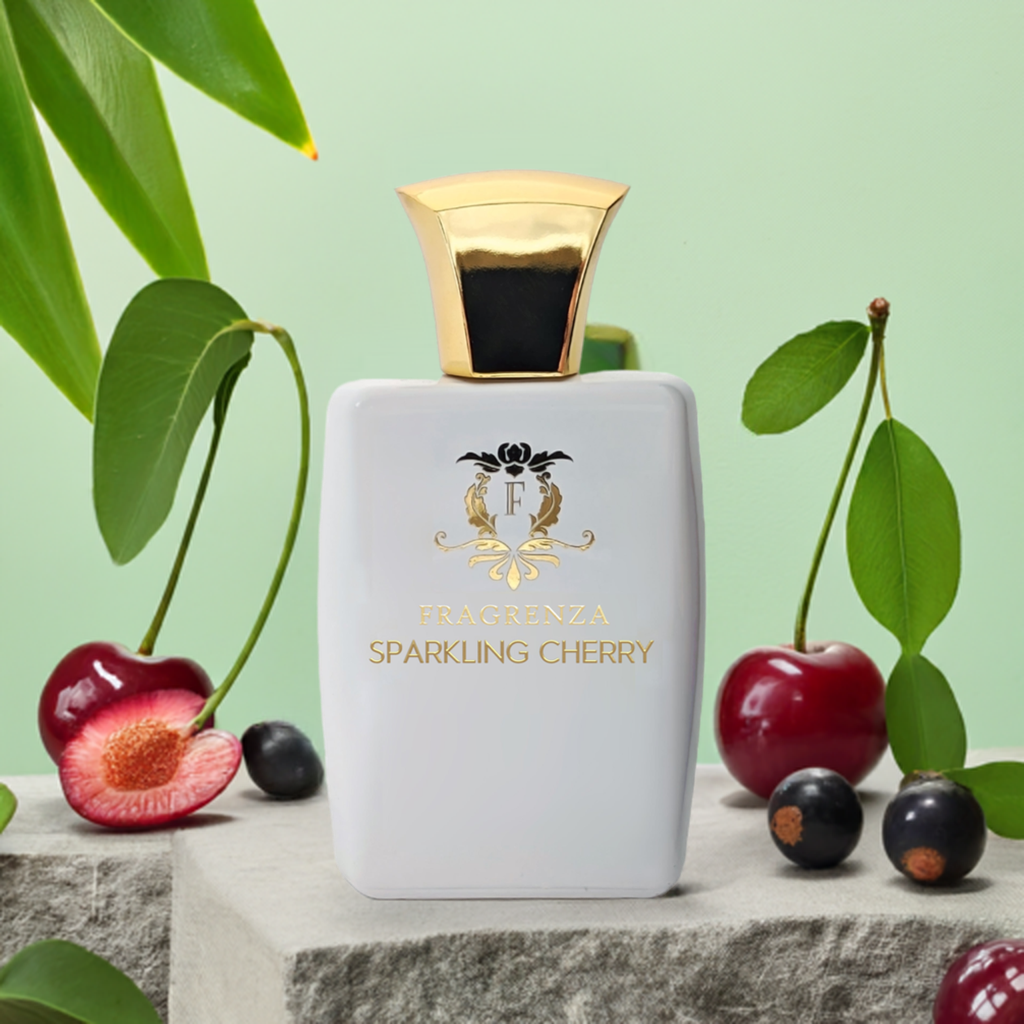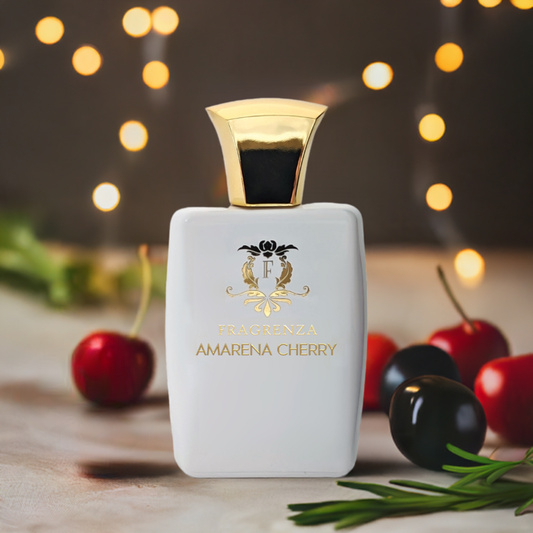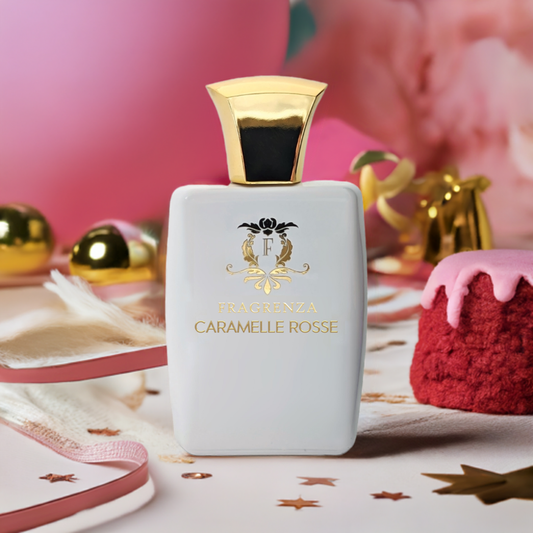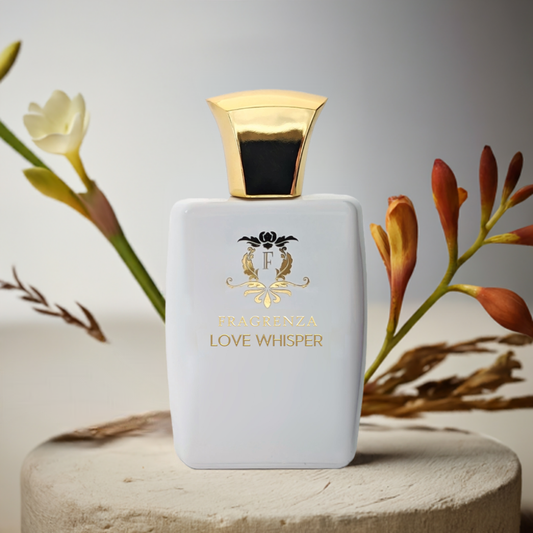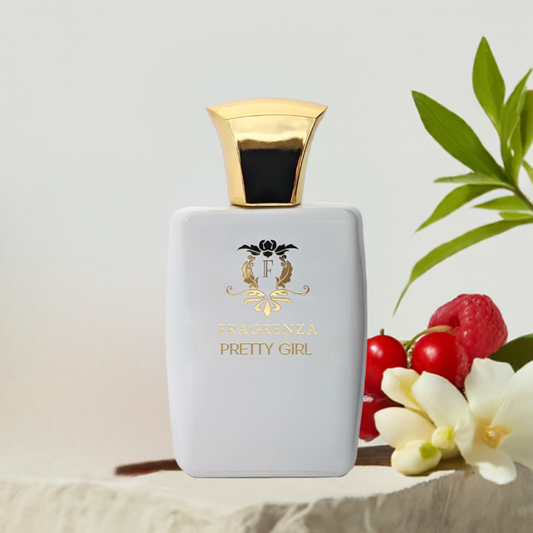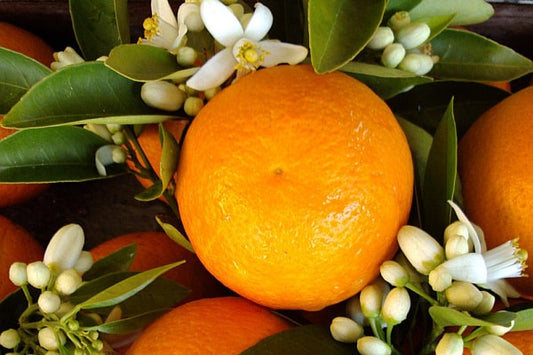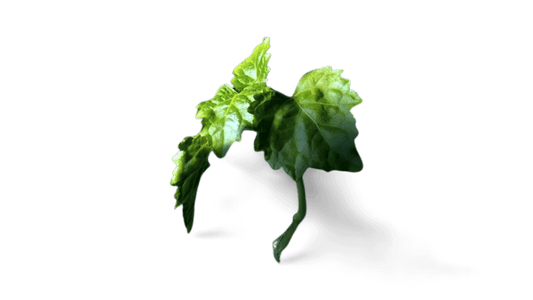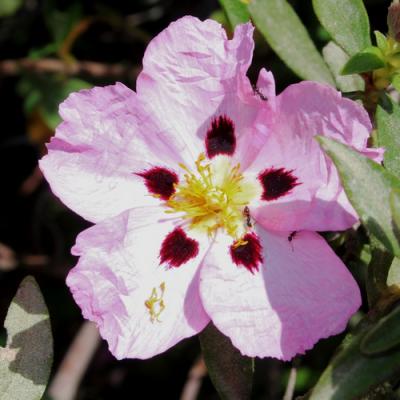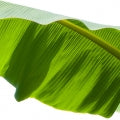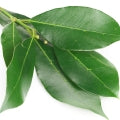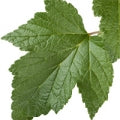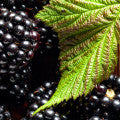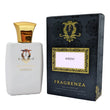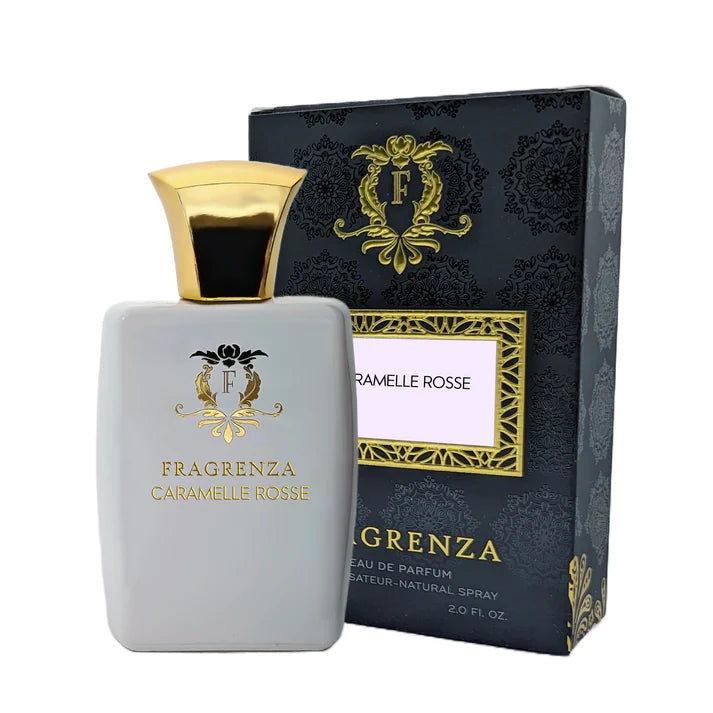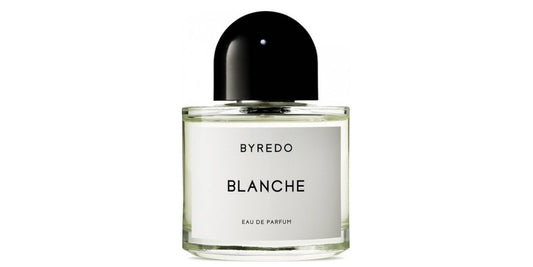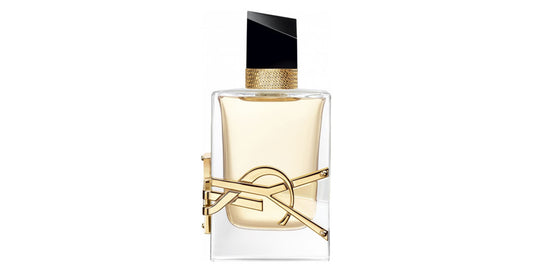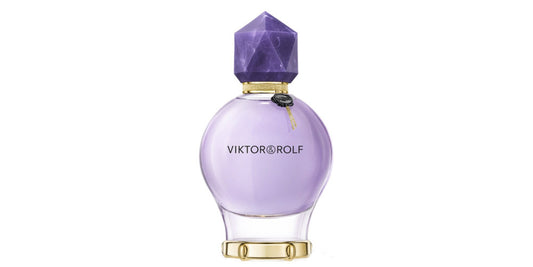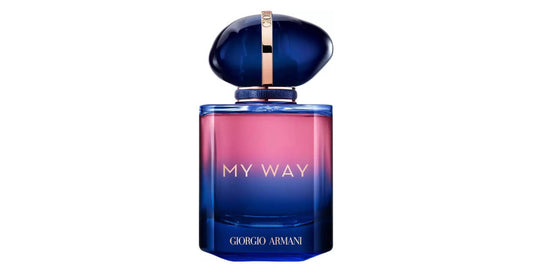Violet leaf in perfumery
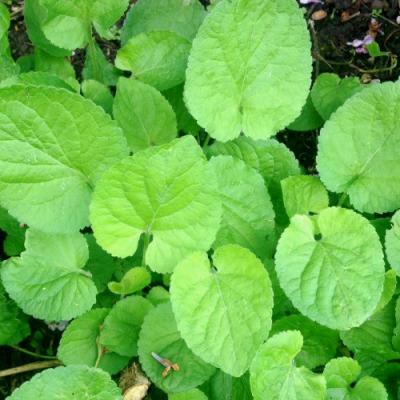
In This Article
Violets, often confused with pansies due to their similar appearance, are differentiated by the number of petals. In perfumery, synthetic molecules, primarily ionone, are used to recreate the fragrance of violet. Violet absolute, obtained from the distillation of the leaves with volatile solvents, is another option for perfumers.
Fun Fact: The name "violet" comes from the Latin word "viola," which means "violet color" or "violet flower." The color violet was named after the flower.
The Herbaceous and Enigmatic Fragrance of Violet Flowers
Violet flowers emit a unique green grass scent combined with an earthy backdrop that evokes damp forest moss. This characteristic sets the violet flower apart from other flowers in the world of perfumery. Furthermore, the violet flower acts as a color chart, supporting and rounding off the main notes of a perfume. Violet flowers are typically found in middle notes. The violet entered perfume legend in the 1980s with Christian Dior's Fahrenheit. Filled with contradictions, this fragrance is based on a modern woody note and a floral accord imbued with violet blossom. Fahrenheit remains one of the top 10 best-selling fragrances in the world, and its scent is unparalleled.
Fun Fact: Violets have a unique chemical called ionone, which temporarily desensitizes our sense of smell. This is why the scent of violets can seem to come and go, even when continuously sniffed.
Pairing Violet Flowers with Olfactory Families
Violet flowers are prevalent in many floral scents. A hint of violet in a floral scent lends elegance. Violets and roses often appear together in perfumes, a pairing pioneered by Yves Saint Laurent's Paris fragrance. In this scent, these two enchanting flowers are positioned as heart notes, accompanied by lily of the valley and mimosa, creating an unparalleled elegance for an unforgettable perfume. Violet flowers also find their place in woody scents, often masculine. The violet flower releases freshness and brings positive energy to a male composition. Azzaro's Décibel exemplifies this, with violet as a middle note paired with frankincense and licorice, resulting in an explosive and rock-inspired composition.
Fun Fact: Ancient Greeks used violet flowers as a symbol of love and fertility. They also used the flowers in various recipes and medicinal preparations.
The charming violet flower, sometimes mistaken for a pansy, is used in confectionery and pastry making, as well as perfumery. Its distinctively herbaceous fragrance pairs wonderfully with other flowers, especially roses. Violets can also be found in woody or oriental scents. Today, the violet flower is a crucial element in both male and female perfumery.
The Multifaceted Violet Flower
In addition to its herbaceous fragrance, the violet flower is also known for its delicate and beautiful appearance. With its heart-shaped leaves and petals that come in various shades of purple, violet flowers are a symbol of innocence, modesty, and affection. These versatile flowers can be used in different types of perfumes, appealing to various preferences.
Fun Fact: Napoleon Bonaparte was said to have a great fondness for violets. Empress Josephine, his wife, wore violet-scented perfume, and Napoleon wore a locket containing violets picked from her grave.
Violet Leaves: A Fresh and Green Ingredient
While the violet flower is a well-known ingredient in perfumery, the leaves of the violet plant also offer a unique and refreshing scent. Violet leaves have a green, cucumber-like fragrance that adds a fresh, crisp touch to perfumes. This attribute makes violet leaves a popular choice for blending with other floral, green, or aquatic notes, resulting in refreshing and invigorating scents.
Fun Fact: Violet leaves are edible and can be used in salads, adding a mild, slightly sweet flavor to the mix. They are also rich in vitamins A and C.
Violet in Modern Perfumery
As perfumery continues to evolve, the use of violet flowers and leaves remains significant. Modern perfumers appreciate the violet's versatile and enchanting qualities, which enable it to adapt to various compositions. Today, violet notes are found in a wide range of fragrances, from fresh and green scents to seductive and oriental creations. The violet's ability to harmonize with other olfactory families ensures its continued prominence in the world of perfumery.
Fun Fact: April 2nd is National Violet Day, which celebrates the beauty and significance of the violet flower.
In conclusion, the violet flower, with its distinctive and herbaceous fragrance, is a prized ingredient in the world of perfumery. Its unique scent, historical significance, and versatility make it a popular choice for both male and female fragrances. The violet flower, along with its leaves, will undoubtedly continue to enchant and inspire perfumers for generations to come.
